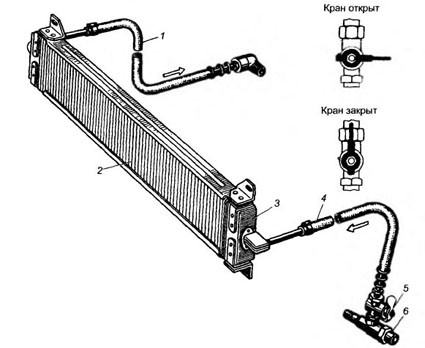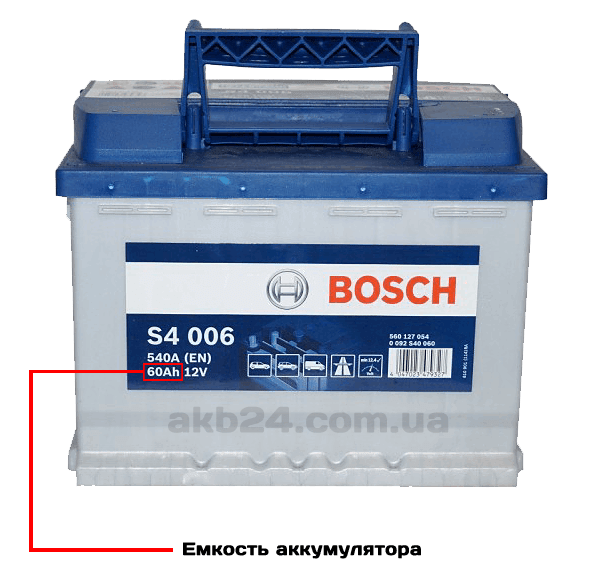
Engine oil cooler - design. Know the symptoms and consequences of failure. What is a step-by-step radiator replacement?
Content
The hydraulic oil cooler in the car works freely during the operation of the car, so there is no need to make serious interventions inside it. The problem occurs at the time of oil leakage, which can occur as a result of depressurization of pipes or impact. What to do when we find oil cooler damage? we offer!
Hydraulic Oil Cooler - Types
First of all, two types of this device should be distinguished. An oil cooler can be cooled by airflow, similar to a liquid cooler, air cooler, or air conditioner. In such situations, it is often placed closer to the front or in the wheel arch to get the most cold air flow. Another type is a coolant in which the active ingredient coolant. Then it directly affects the temperature of the oil.
Damaged oil cooler - symptoms
In the case of equipment of the first type, its malfunction can be recognized by the temperature of the environment. The oil cooler shows signs of rising oil temperature. Long-term operation of the car without taking into account the condition of this element leads to the fact that leaves, sand, dirt and other dirt stop on its front. Thus, the air flow is blocked and the cooler does its job to a lesser extent.
Another type of malfunction is the depressurization of the hoses or the radiator itself as a result of an impact or collision. Less often, this part spontaneously loses its tightness, but there are such cases. A sign of a bad oil cooler would be a low oil pressure warning and a spot under the car. Remember that in such cases it is very risky to continue driving and we do not recommend doing this!
Circulating Oil Cooler - Damage
Here the matter is a little more complicated. Most often, as a result of equipment depressurization, oil suddenly appears in the coolant. This is due to the higher pressure inside the lubrication system. The consequences of this phenomenon can be very serious, as the engine oil can seize the coolant pump. In addition, the efficiency of the cooling system will decrease as it gets dirty. In some cases, coolant can also get into the oil, which will drastically reduce its lubricating properties. This can lead to faster wear of rings and other rubbing engine parts.
How to check if there is oil in the coolant?
There are special testers that show if oil is present in the cooling system. They are quite popular. It happens that the presence of oil in the liquid is mistaken for damage to the cylinder head gasket. This, of course, is a symptom of such a defect, but first of all it is worth looking at the cooling and lubrication system, especially if the oil cooler is combined with coolant.
Can I replace the oil cooler myself?
If you are sure that the damage is on the side of the oil cooler, you can replace it yourself. However, this requires basic knowledge of vehicle mechanics, access to keys, and the ability to crawl under a car. It is much easier to remove and insert a part that works under the action of an air pulse. You will only have to monitor the output of oil from the system.
What is the step by step process for replacing an oil cooler?
It is best to combine this operation with the replacement of engine oil and filter. And then:
- drain the old oil;
- get rid of the part that has become unusable and replace it with a new one;
- make sure that the connecting hoses are tight;
- fill the unit with new oil, after replacing the filter. Remember that after adding oil to the system, it will be necessary to start the engine for a short time so that the refrigerant circulates in the system;
- measure its level and add the right amount of oil.
If you can't afford it, entrust this task to specialists. Remember to use only new and preferably original parts, because only then can you be sure that the engine or hydraulic oil cooler will work correctly.
While an oil cooler isn't always present in every car, it's worth knowing if you have one. It doesn't cause big problems, but in case of failures, you already know what you need to do.

